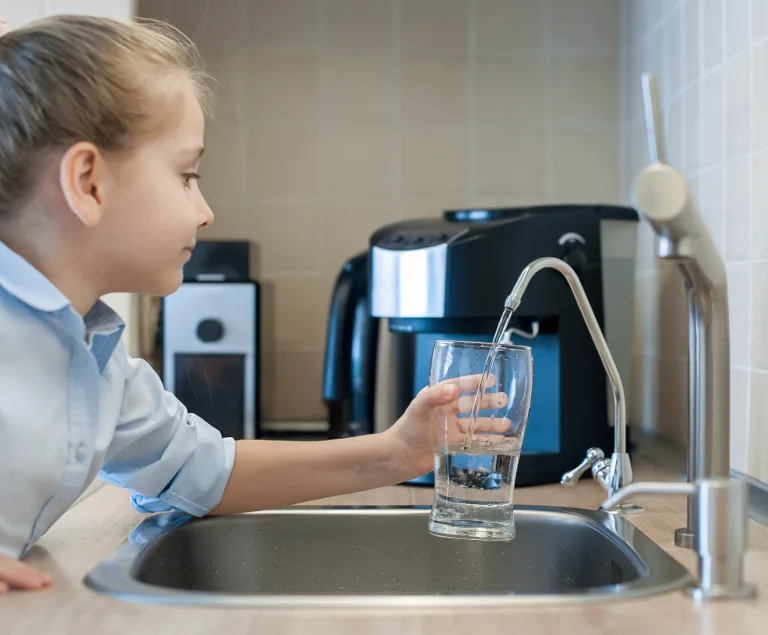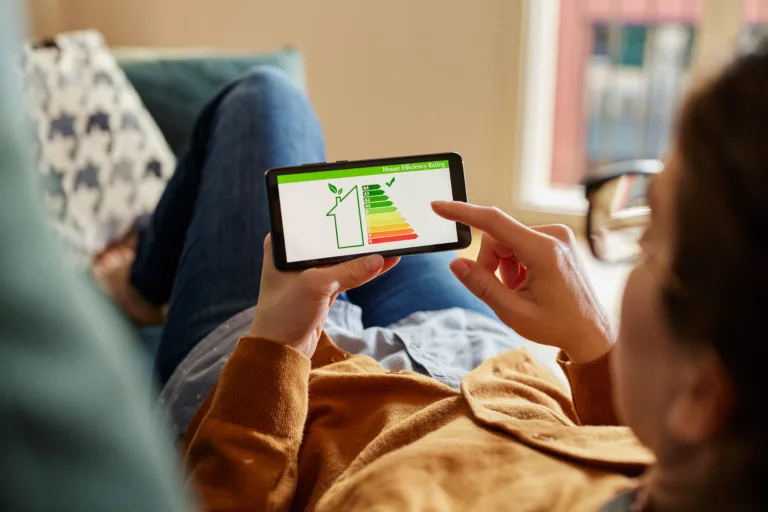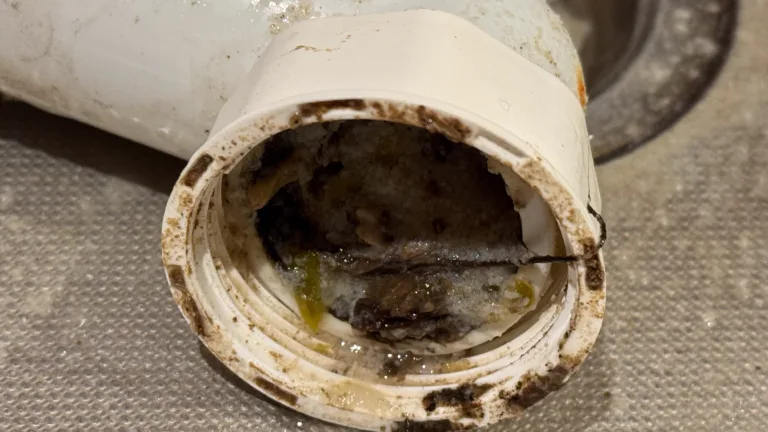What’s Really Going On Behind the Vents?
If you’ve ever cranked up the AC on a scorching summer day or cozied up with the heater during a chilly Arizona evening, you’ve experienced the magic of your HVAC system. But have you ever wondered what’s actually happening behind the scenes? Let’s peel back the cover and explore the different components and inner workings of a typical HVAC system—so the next time something goes wrong (or right), you’ll know exactly what’s going on.
1. The Thermostat: The System’s Brain
It all starts with the thermostat—your command center. This small but mighty device monitors your indoor temperature and signals the HVAC system to either heat or cool the space based on your settings. Modern thermostats can be programmable or even smart, learning your preferences and adjusting automatically for efficiency and comfort.
2. Air Handler & Blower: Circulating Comfort
Once the thermostat signals the system, the air handler (usually located inside your home) gets to work. It houses the blower motor, which pulls air in from your home through return ducts and pushes it back out through supply ducts after it’s been heated or cooled.
3. Evaporator Coil: Where Cooling Begins
Inside the air handler, you’ll find the evaporator coil—a crucial part of the cooling process. As warm indoor air passes over the cold coil, the refrigerant inside absorbs the heat. The now-cooled air is then pushed back into your home, while the refrigerant heads to the next phase of its journey.
4. Refrigerant Lines: The Transfer Path
These copper lines connect the indoor and outdoor components, carrying refrigerant in a loop. The low-pressure line carries warm refrigerant from the evaporator coil to the compressor, and the high-pressure line returns the cooled refrigerant back to the evaporator coil.
5. Compressor: The Heartbeat of the System
Outside your home sits the compressor, often referred to as the heart of the HVAC system. Its job is to pressurize the refrigerant and move it through the system. It plays a crucial role in heat exchange by increasing the temperature of the refrigerant, prepping it for heat release in the next stage.
6. Condenser Coil & Fan: Releasing the Heat
Also located in the outdoor unit, the condenser coil is where the system releases the heat absorbed from your home. The condenser fan blows air over the coil to help disperse that heat into the outdoor air. This step completes the cooling cycle, and the refrigerant returns to the evaporator coil to start again.
7. Furnace or Heat Pump: Bringing the Heat
When it comes to heating, your system may use either a furnace (common in gas-powered homes) or a heat pump (which can both heat and cool).
- Furnace: Burns natural gas or uses electricity to create heat, which is then pushed through the air ducts.
- Heat Pump: Reverses the flow of refrigerant to pull heat from outside and bring it inside—even when it’s chilly outdoors.
8. Ductwork & Vents: Delivering the Final Product
All that conditioned air has to get to your living spaces somehow. That’s where your ductwork and vents come in. Ducts run through your attic, crawl spaces, and walls, distributing air evenly throughout the home. Well-maintained ductwork is essential for system efficiency and indoor air quality.
Why Understanding Your HVAC System Matters
Knowing the basics of how your HVAC system works can help you:
- Spot issues early before they become costly problems
- Communicate clearly with your technician during service calls
- Make informed decisions when it’s time for upgrades or replacements
If something feels off with your system, don’t ignore it. Unusual sounds, weak airflow, or inconsistent temperatures are signs that something in the system’s inner workings may need attention.
Need HVAC Help in Mesa or the Greater Phoenix Area?
At Hansen Family Plumbing & Air, we’re here to demystify your HVAC system and keep it running at peak performance. Whether you need a tune-up, a repair, or a full system replacement, our expert technicians are just a call away. Schedule your service today and experience the difference of five-star care with a family-owned touch.


